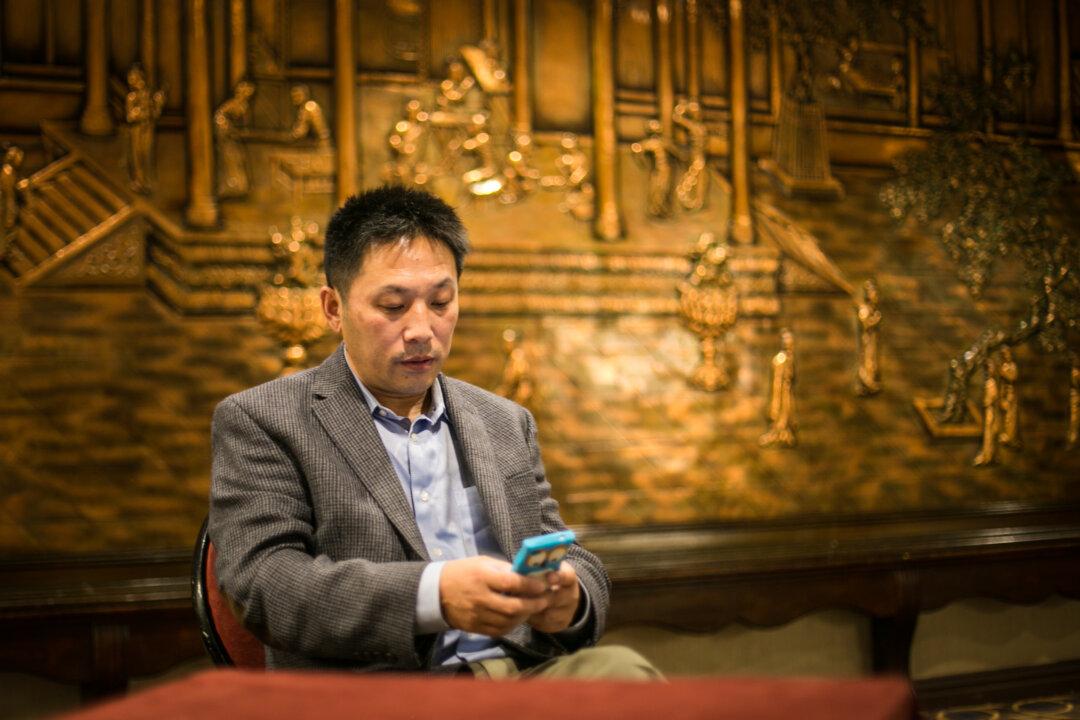Cai Guoqiang, a nationalist Chinese artist, is famous in China for blowing up symbols of the West in front of paying Westerners. But what must have been one of his best performances took place on the National Mall in Washington, D.C., in late 2012, when he blew up a four-story-tall Christmas tree in front of the whos-who of the US-China policy elite. The black dust from the incinerated pine needles took months to clean off the red Smithsonian castle—and the feat went along with $250,000, compliments of the U.S. taxpayer. Cai had recently been awarded the State Department’s Medal of Arts for “contributions to the advancement of understanding and diplomacy.”
So goes the startling opening anecdote in the most recent book by a well-known China analyst who has the ear of the Pentagon, and once advised both Donald Rumsfeld and Dick Cheney.
“I don’t know if any of the guests contemplated why they were watching a Chinese artist blow up a symbol of the Christian faith in the middle of the nation’s capital less than a month before Christmas,” Michael Pillsbury writes in his new book, “The Hundred-Year Marathon: China’s Secret Strategy to Replace America as the Global Superpower.”
“In that moment, I’m not sure that even I appreciated the subversion of the gesture.”
But the general subversiveness of long standing Chinese communist policy and attitudes toward the United States are given an overdue and lengthy appreciation in his new book.





